Fiche de données sur la population mondiale 2012 (PDF)
Nearly all future population growth will be in the world's less developed countries, and the poorest of these countries will see the greatest percentage increase.
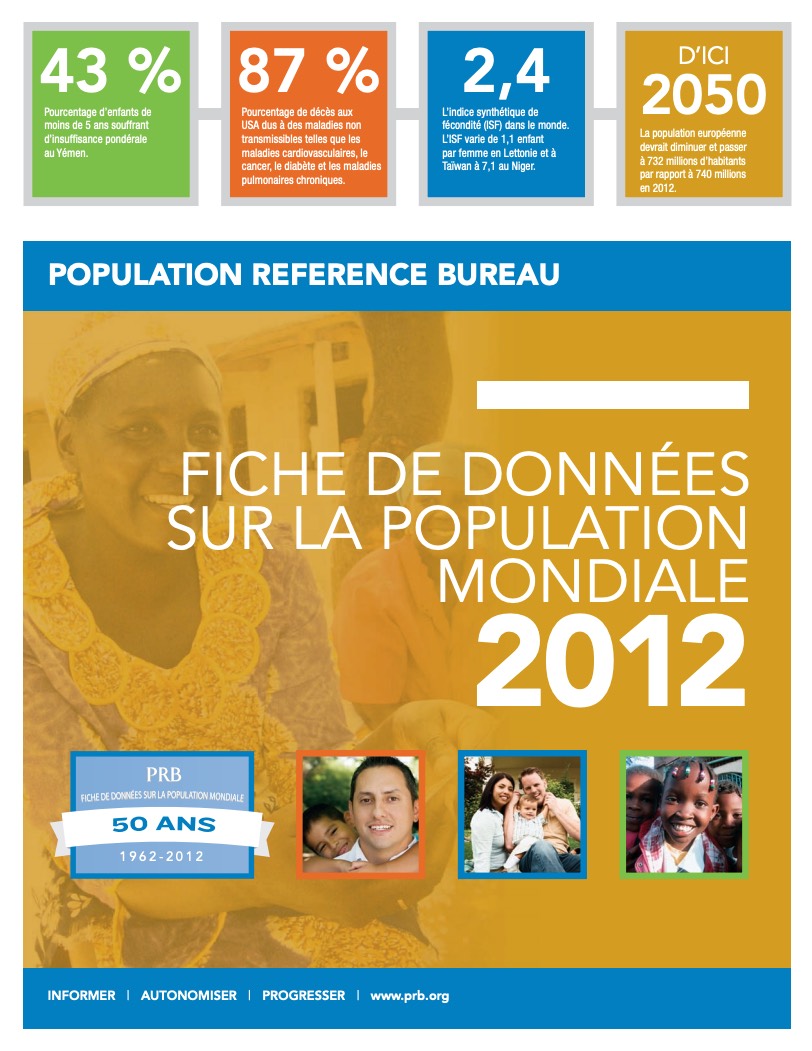
Nearly all future population growth will be in the world's less developed countries, and the poorest of these countries will see the greatest percentage increase.
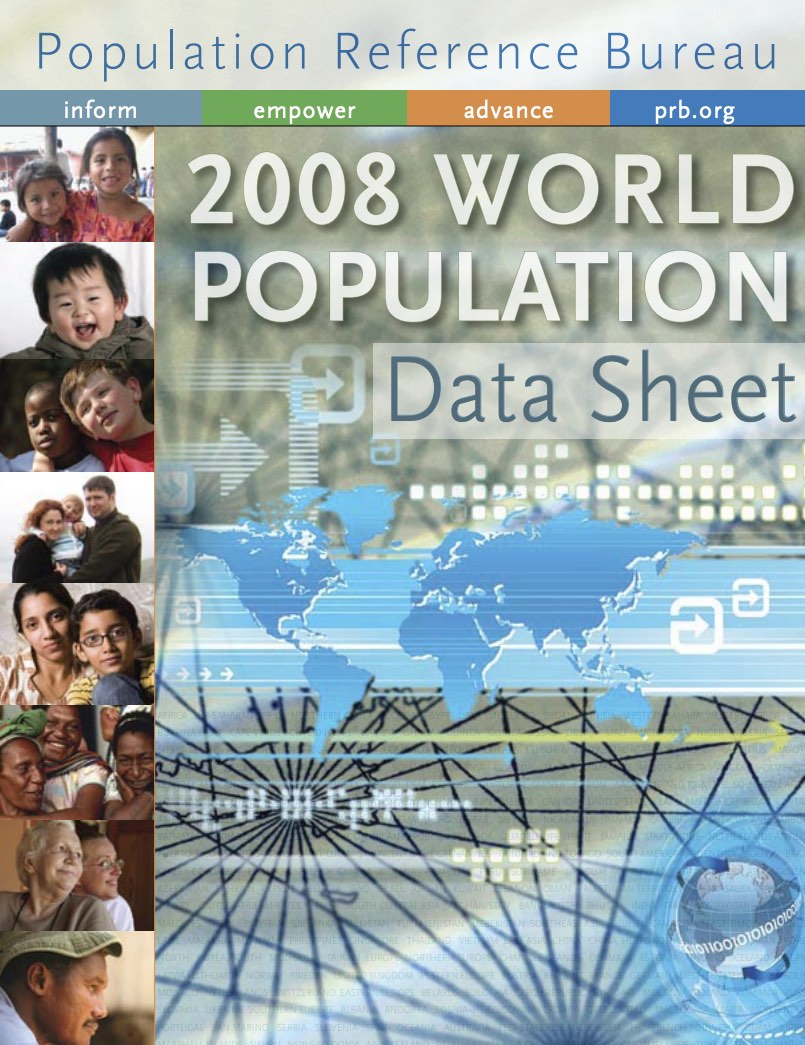
(2008) The demographic divide—the inequality in the population and health profiles of rich and poor countries—is widening.
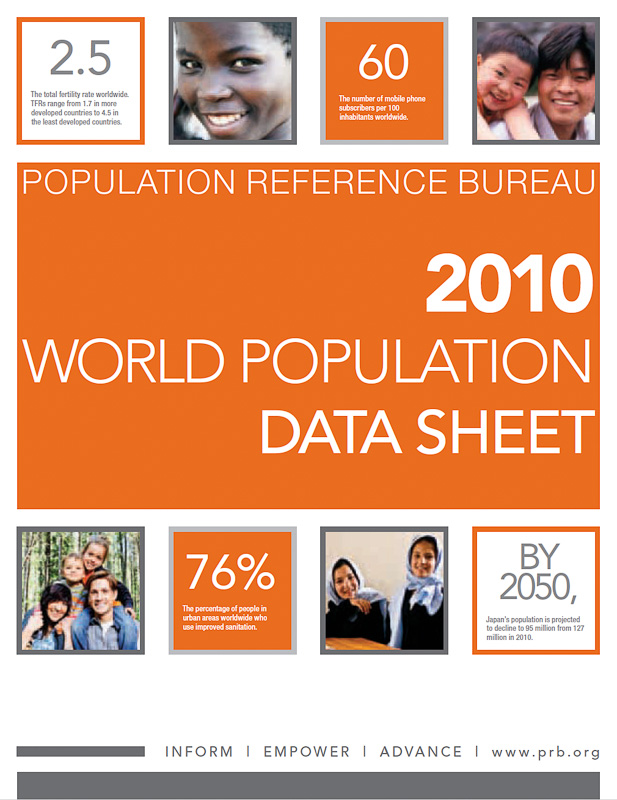
Many countries are facing a shrinking pool of their working-age populations, often considered to be ages 15 to 64, to support the population ages 65+, jeopardizing pension guarantees and long-term health care programs for the elderly.
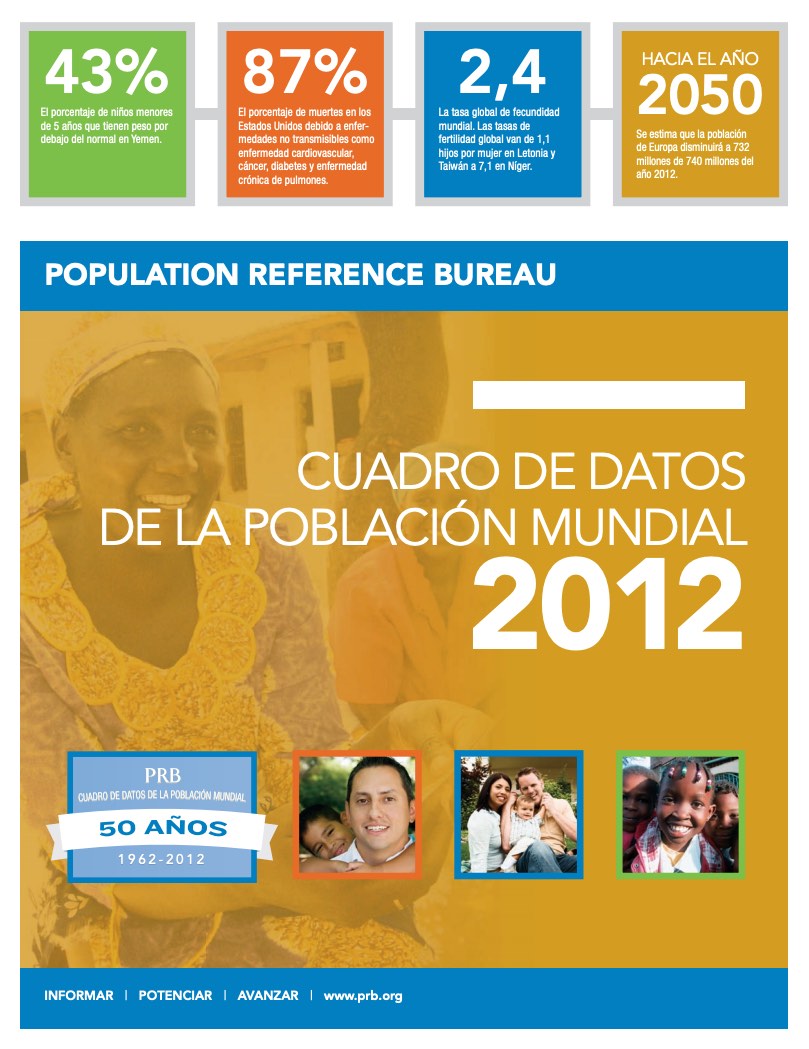
Nearly all future population growth will be in the world's less developed countries, and the poorest of these countries will see the greatest percentage increase.

(2011) Global population will reach 7 billion later in 2011, just 12 years after reaching 6 billion in 1999.

Project: PACE: Policy, Advocacy, and Communication Enhanced for Population and Reproductive Health
The world population will reach 9.9 billion by 2050, up 2.3 billion or 29 percent from an estimated 7.6 billion people now, according to projections by Population Reference Bureau (PRB) included in the 2018 World Population Data Sheet.
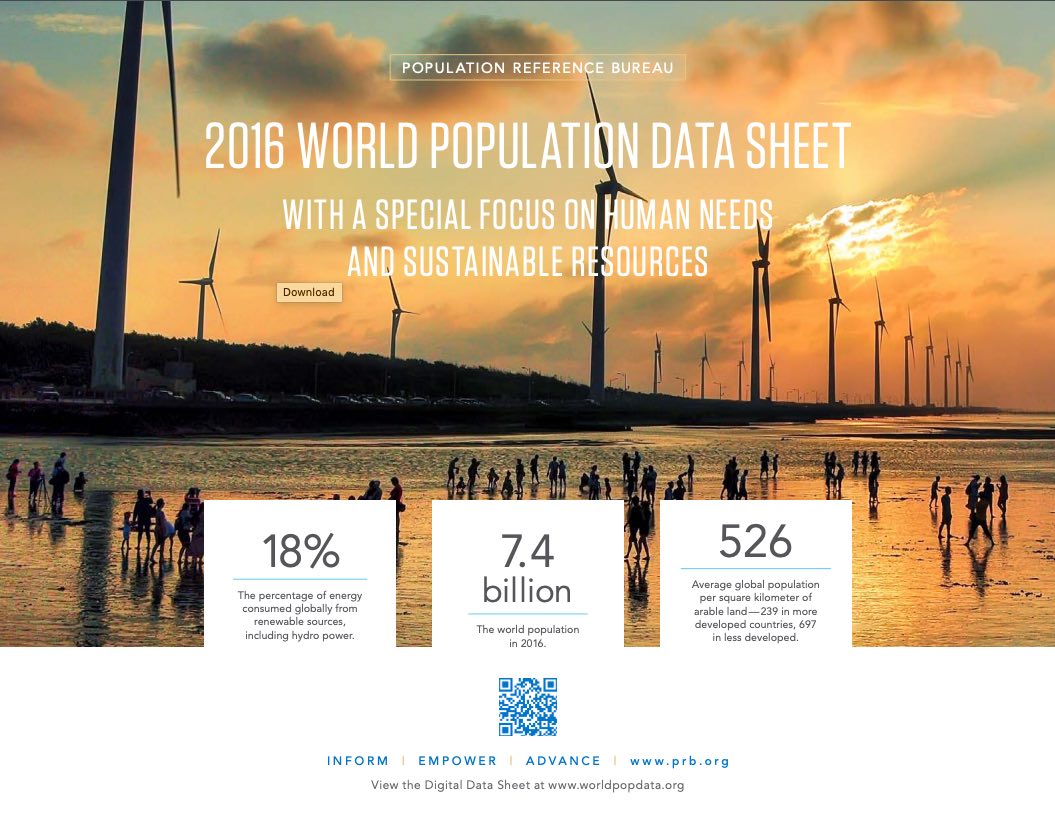
Project: PACE: Policy, Advocacy, and Communication Enhanced for Population and Reproductive Health
The world population will reach 9.9 billion in 2050, up 33 percent from an estimated 7.4 billion now, according to projections included in the 2016 World Population Data Sheet from the Population Reference Bureau (PRB).
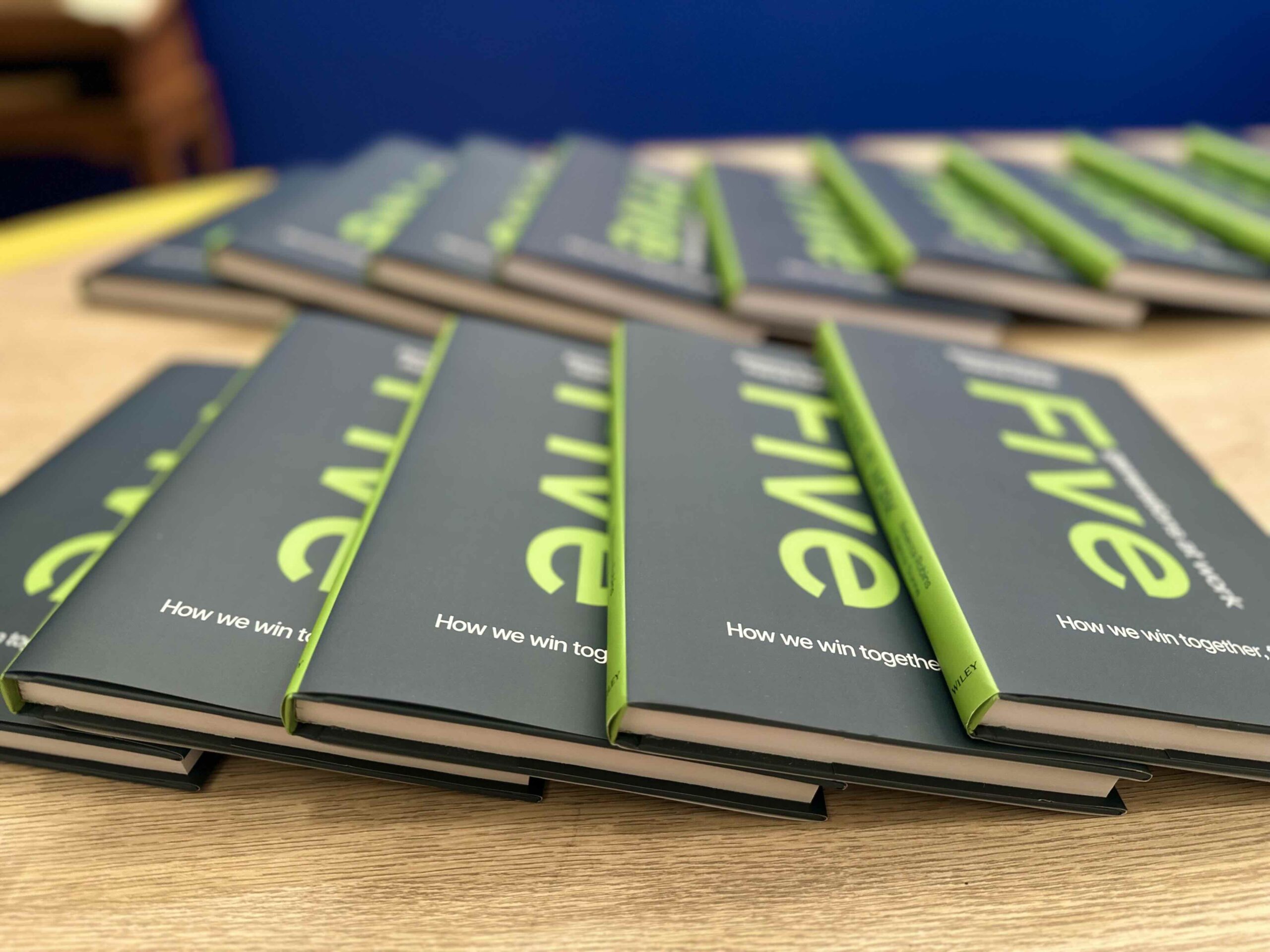
In the book Five Generations at Work: How We Win Together, for Good, authors Patrick Dunne and Rebecca Robins describe how we’re living in a time of unprecedented demographic change, where five generations work alongside each other in an ideologically and politically fractured environment.
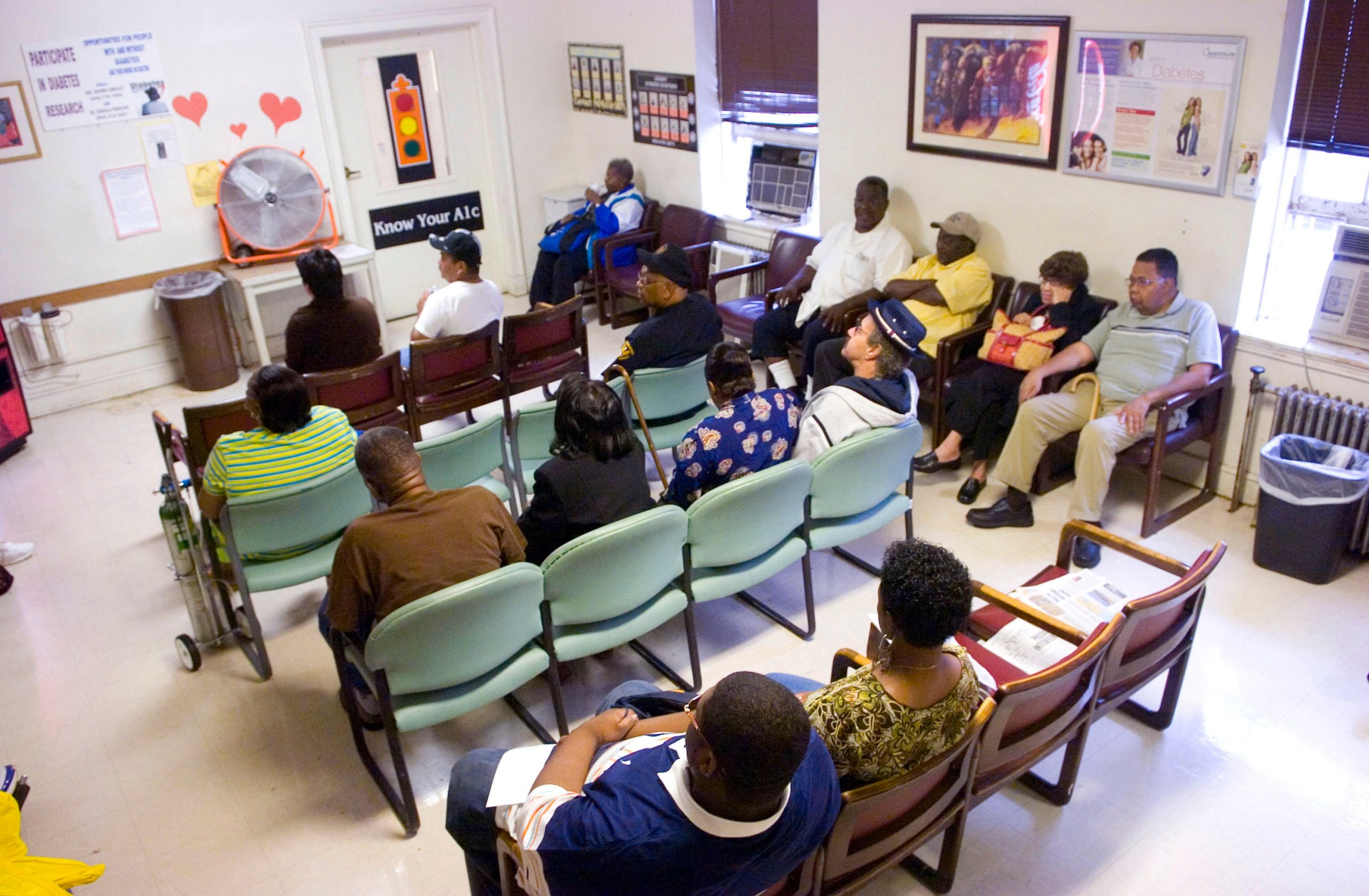
Project: Center for Public Information on Population Research (CPIPR)
(2015) Studies show that a growing number of U.S. families have incomes so low that the difficulties of their living situations may be masked by thinking of the poor as a homogeneous group.
In early 2011, Pietronella van den Oever, PRB visiting scholar,visited the Malian staff and villagers she worked with in a UN Food and Agriculture Organization (FAO) rural training project in the mid-1970s. As part of PRB's 2011-2012 Policy Seminar series, she discussed her recent research on the project's results, which continue to be economically and socially important 40 years later.